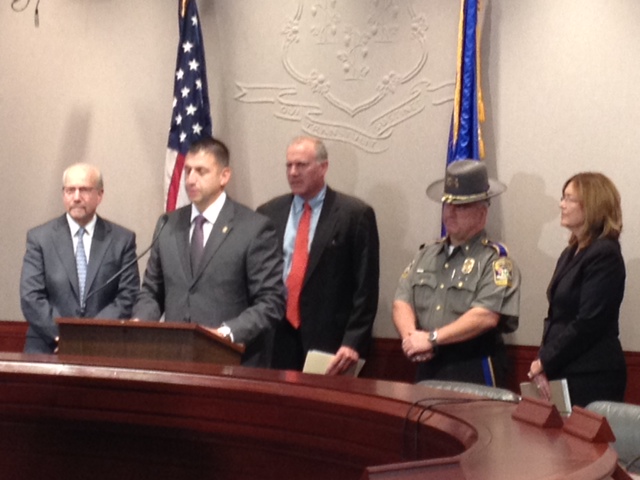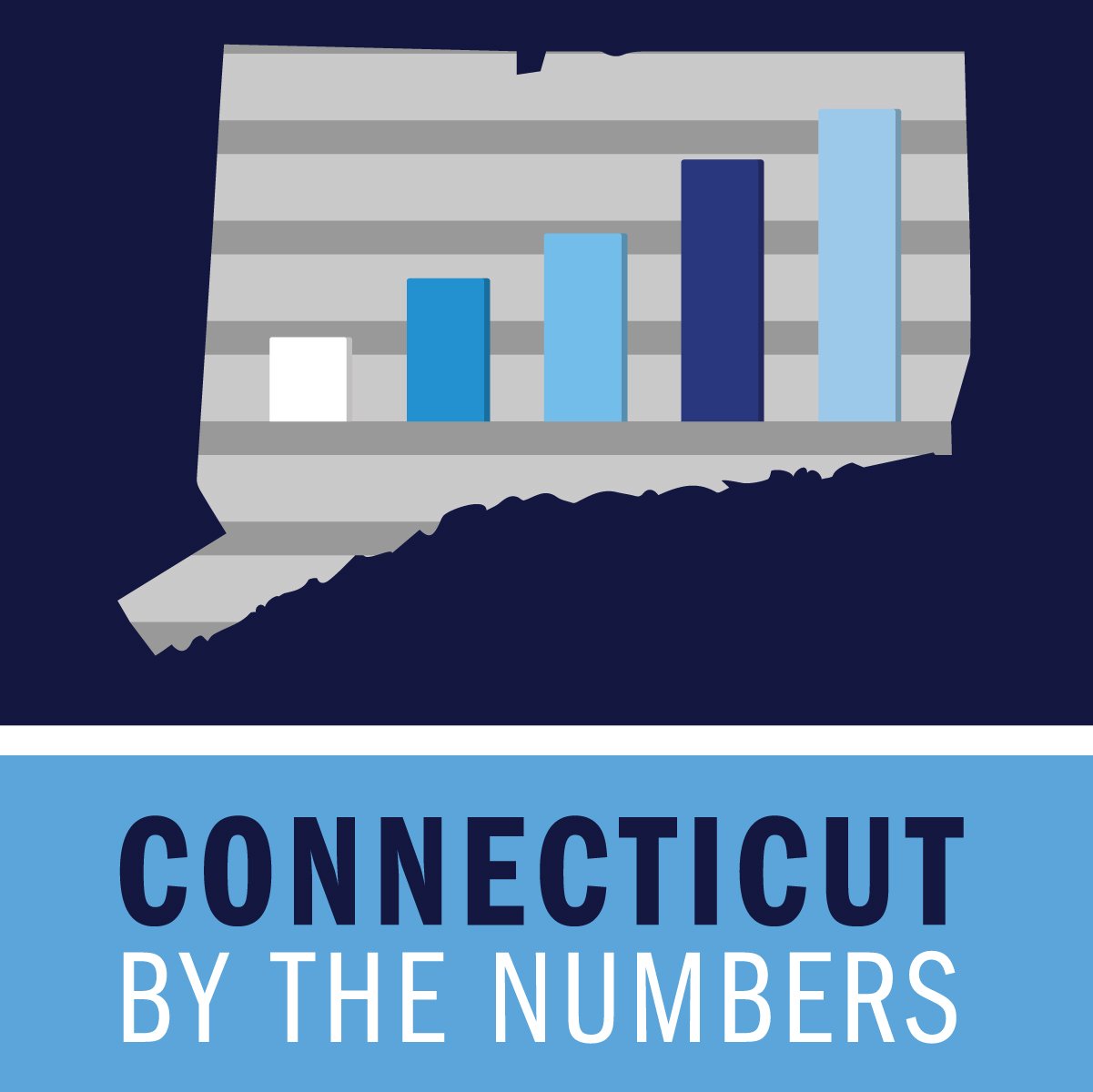Coastal Residents Tuned to Radio When Storm Hit; Ratings Soar
/The arrival and immediate aftermath of Hurricane Sandy last month brought not only destructive weather, but the return of an old fashioned medium to temporary prominence. While those with power looked to television, cable news channels, the internet and social media for information, those whose electricity had disappeared, particularly those in the hardest-hit areas, turned to radio. The New York Times is reporting that data from Arbitron, the radio ratings service, indicates that from 7 p.m. to midnight on Oct. 29, when the storm made landfall in the region, an average of just more than a million people in the New York metropolitan area were listening to the radio during any 15-minute period.
That is an astonishing 70 percent increase from the same period the week before. Besides the five boroughs of New York City, the metropolitan market includes five counties in New York, nine in New Jersey and part of one in Connecticut.
The audience increase was astronomical in the pummeled coastal areas. In Connecticut, Stamford and Norwalk had a 367 percent increase during that period; in New Jersey, that figure was up 247 percent in Monmouth County, and up 195 percent in Middlesex, Somerset and Union counties. These numbers increased even though some stations, like WNYC and WINS, lost their AM frequencies (although they continued to broadcast on FM.)
In some cases, as in past major storms, local stations without regular news staffs aired the audio of local television stations that were on the air with non-stop storm coverage. For those with an abiding affinity for radio, the storm has become the preeminent recent example of the power of radio to provide critical information and reach large numbers of people in an emergency situation. Some broadcast officials continue to urge the Federal Communications Commission to take action to encourage cell phones to have an FM radio receiver installed, harkening back to the generation for whom transistor radios were as ubiquitous as today’s cellphones.



































